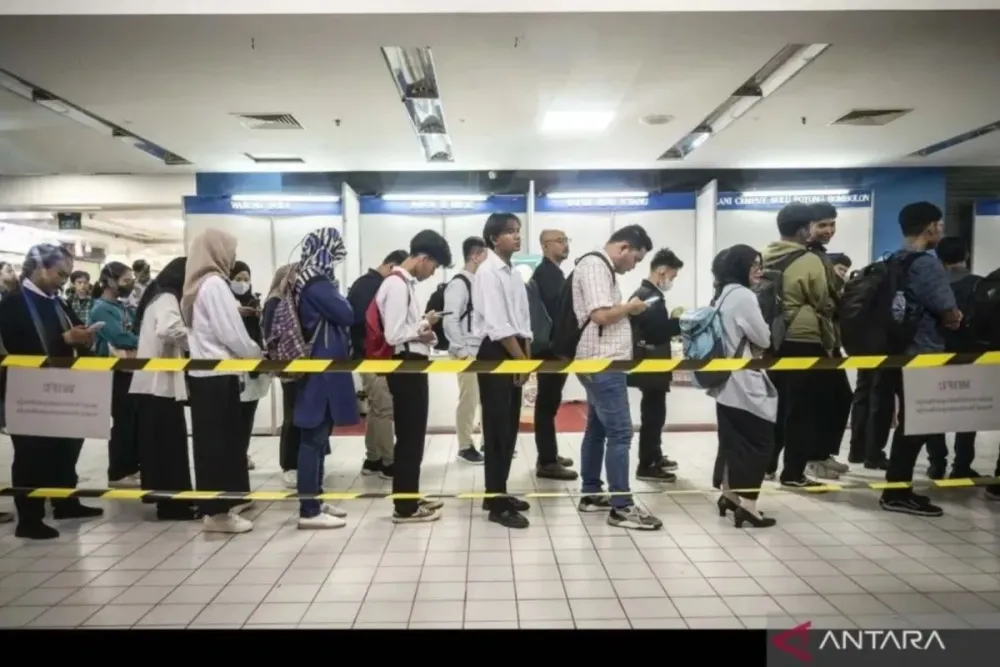Positive economic growth is usually welcomed. However, this was not the case after the government launched Indonesia's economic growth in the second quarter of 2025, which rose to 5.12% on an annualized basis.
This figure raises question marks, even doubts. How can it be that in the current economic downturn, the national economy is actually strengthening. In the first quarter of 2025 the economy grew by 4.87% (annualized).
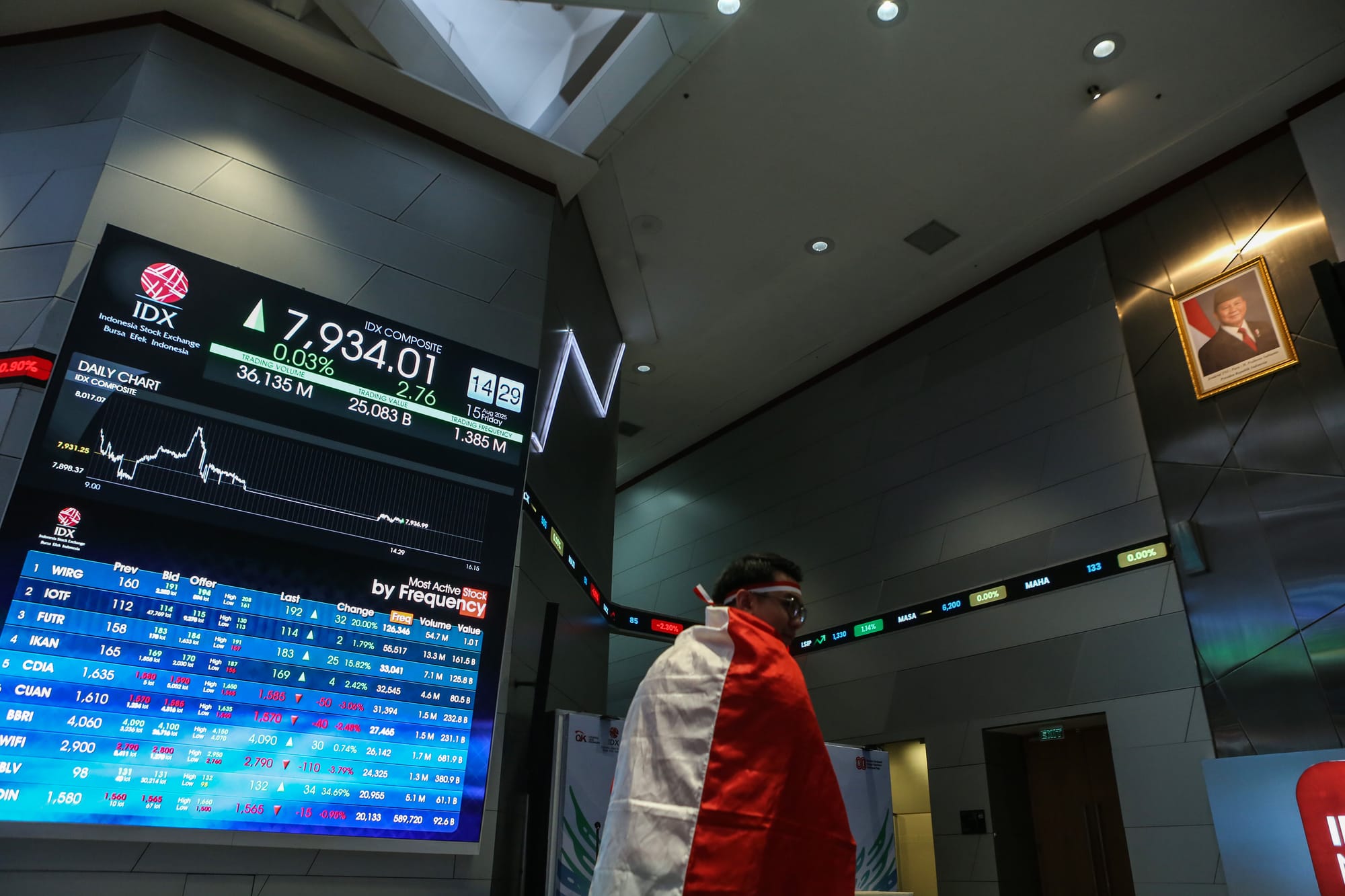
Because it doubted the data reported by the Central Statistics Agency (BPS) in early August 2025, a research institute Center for Economic and Law Studies (Celios) sent an investigation request letter to the United Nations (UN) statistics agency on Friday, August 8, 2025.
The organization suspects inconsistencies in official government data. "We hope that the UN statistical commission will immediately conduct a technical investigation, including an investigation of Indonesia's GDP calculation methodology, especially for the second quarter of 2025," said Media Wahyudi Askar, Director of Celios Fiscal Policy.
Celios alleged that there was institutional pressure or intervention in the preparation of the BPS data, which contradicted the fundamental principles of official statistics adopted by the UN statistical commission.
BPS Head Amalia Adininggar Widyasanti did not want to respond to the criticism. To SUAR, she admitted that she was focused on collecting data on the ongoing third quarter growth figures.
Indicator differences
In its release, BPS noted that growth in the second quarter of 2025 of 5.12% was driven by various indicators. In terms of production, the business field that became the largest source of growth was the processing industry (1.13%). Followed by trade (0.70%), information and communication (0.53%), and construction (0.47%).
In our economic structure, the manufacturing industry is the main pillar of GDP. In Q2-2025, the contribution of the manufacturing industry to GDP was 18.67%. Followed by the agriculture and trade sectors at 13.83% and 13.02% respectively.

From the expenditure side, growth in the second quarter of 2025 was still supported by the household consumption component (54.25%). Furthermore, it was also supported by the gross fixed capital formation component which reflected investment conditions (27.83%) and the export of goods and services component (22.28%). The contribution of household consumption and Gross Capital Formation (PMTB) this quarter decreased slightly compared to the first quarter. While the export component experienced a slight increase.
Of these three components, household consumption was the source of the highest growth (2.64%). However, the highest growth rate occurred in the export of goods and services component at 10.67% (y-on-y), followed by the growth of the consumption component of Non-Profit Institutions serving Households or LNPRT (7.82%) and the PMTB component (6.99%). The growth rate of household consumption was only 4.97%. Meanwhile, government consumption contracted by -0.33%.
When viewed per semester, economic growth until the first semester of 2025 was recorded at 4.99%. This figure is lower than last year's growth of 5.03%.
However, the BPS report is considered inconsistent with the data owned by economists or analysts. Executive Director of the Center of Reform on Economics (CORE) Indonesia, Muhammad Faisal, assessed that the results of the BPS calculation for the second quarter were too high, different from the findings of his institution. The economic growth projections concluded by CORE are in the range of 4.7% to 4.8%, so the difference that appears this time is quite large.
CORE's prediction is based on a number of leading indicators, such as investment realization released by BKPM, cement sales, realization of government capital expenditure, and imports of capital goods and raw materials. These indicators, according to Faisal, did not show a surge as large as that recorded in BPS data.
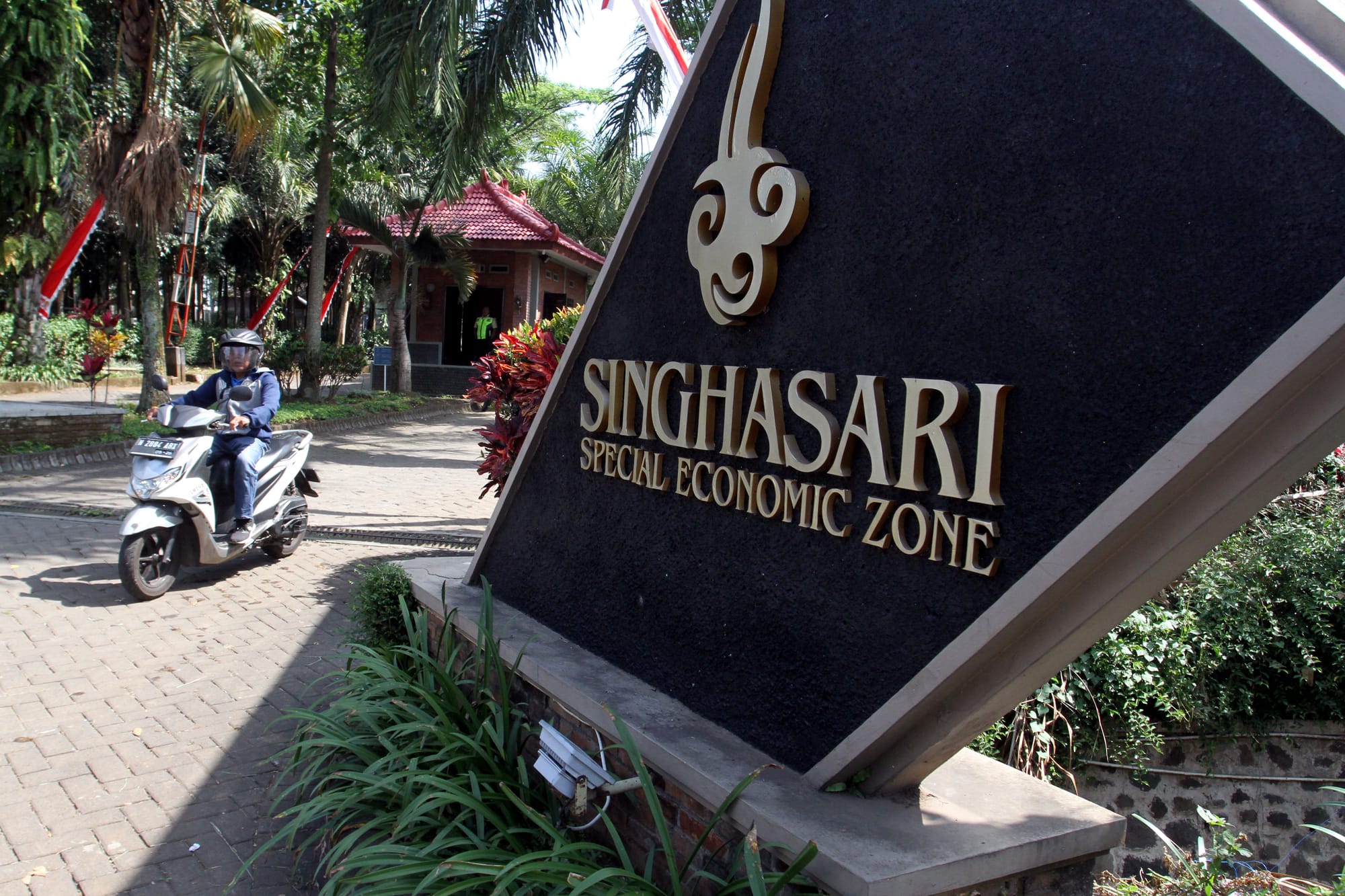
For household consumption, differences were seen in the direction of a number of trends. Indicators such as the retail sales index, consumer confidence index, and sales of durable goods showed a slowdown in the second quarter compared to the first quarter. However, BPS data actually recorded an increase in consumption in the same period.
Faisal explained that the most striking differences were seen in the two largest components driving growth, namely household consumption and gross fixed capital formation (PMTB). For PMTB, CORE recognizes an improvement compared to the first quarter, but not as big as reported by BPS. In the first quarter, investment grew by 2.3%.
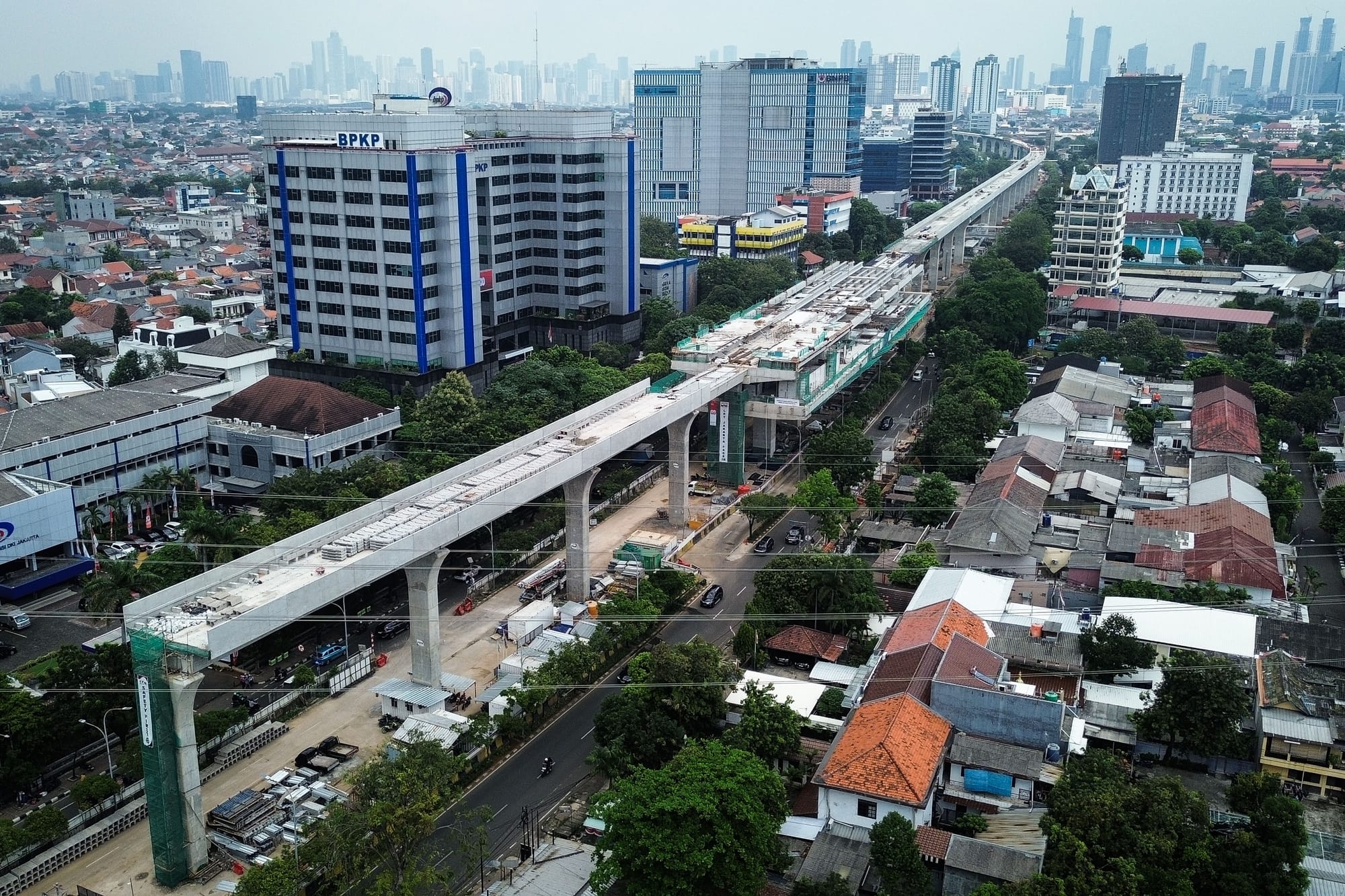
Faisal said he did not necessarily think BPS was wrong. BPS, he said, has a wider scope of data. However, he thinks there needs to be a detailed explanation so that the public understands the reasons behind the figures. "Not just the methodology, but the details of the components," said Faisal.

Meanwhile, a researcher from the Institute for Development of Economics and Finance (INDEF), Eko Listiyanto, assessed that BPS figures still leave question marks because a number of key indicators show a weakening trend. He also assessed that there needs to be a detailed explanation from BPS so that the public understands the source of the recorded growth.
According to Eko, the surge in the processing industry reported by BPS contradicts the Purchasing Manager Index (PMI) from S&P, which has contracted in recent months. "When the PMI contracts but the growth of the manufacturing industry is high, it shows that there is a big gap between the leading indicator and the data," he said. This makes INDEF question the validity of the growth of the manufacturing sector.
Household consumption is also in the spotlight, as it contributes the most to growth. Eko assessed that BPS must show consumption indicators that support the data, because various leading indicators actually lead to a slowdown. Without that clarity, he said, it is difficult to assess whether the increase in consumption is really happening in the field.
On the export side, Eko assessed that the growth recorded was more temporary. He said the increase in exports to the United States was due to the front loading phenomenon, when importers stockpiled stocks before the 19% Trump tariff was imposed in early August.
"After the tariffs take effect, our exports are likely to shrink because purchasing power in America is also weakening," he said.

The investment sector, especially in mining, according to Eko also needs clearer details. He emphasized that the role of deregulation is important to support investment, but the impact cannot be instant. "It usually takes one year to two years. It is not enough to just tinker with regulations, it must be guarded until the investment actually comes in," he said.
Meanwhile, INDEF Senior Economist, Fadhil Hasan, assessed that the BPS calculation results triggered questions as to whether there was something that needed to be improved in the methodology, database, or other unexplained reasons for the BPS findings. This is because many leading indicators actually showed a weakening in the second quarter of 2025 compared to the same period the previous year. For example, manufacturing PMI was below 50 (contraction), wholesale sales fell 8.6% and retail fell 9.5%.
In addition, foreign direct investment or FDI declined, credit growth slowed, layoffs jumped 32%, the consumer confidence index declined, and VAT and STLG revenues fell by almost 20%.
Real sector performance and lifestyle shifts
Vice CEO of PT Pan Brothers Tbk and Deputy Chairperson for Trade of the Indonesian Textile Association (API), Anne Patricia Sutanto, admitted that the growth rate of 5.12% was not automatically felt in the textile industry.
"In the export market, there are signals of growth. But in general on the ground, conditions are still stable, not bad but not good either," he said. He emphasized that the slight difference between 4.9% and 5.1% is mostly questioned by economists, while industry players see it as normal.
Meanwhile, Piter Abdullah, economist and Co-Founder of the Sagara Institute, said that economic growth projections usually use several leading indicators such as car sales, cement sales, tax revenue, and the PMI index. He admitted that he initially doubted the achievement of growth in the second quarter.
However, according to him, these indicators no longer fully reflect the consumption patterns of the people. Changes in digital lifestyles and the dominance of millennials and Gen Z have shifted shopping patterns.
The Rojali and Rohana phenomenon is not a measure that people are not spending or consuming.
"The Rojali and Rohana phenomenon is not a measure that people are not spending or not consuming," said Piter. He added that the decline in car or house sales does not mean that consumption is weakening. Currently, people's shopping patterns are also changing, with more people shopping online than going to the mall.
Piter pointed out that the shift in consumption is clearly visible in the recreational patterns of young people. According to him, shopping centers can look deserted, but nature tourism areas are actually crowded.
"Malls can be quiet, but the peaks of Mount Rinjani and Semeru are actually crowded with young people," he said. From this side, he emphasized that consumption continues to grow and support national economic growth.

In addition to consumption, Piter highlighted investment which also showed significant growth. He said that investment data is not widely accessed by economists. However, the surge in imports of capital goods and equipment provides confirmation of investment.
"Investment growth is surprising, but it is confirmed by the huge growth in imports of capital goods and equipment," he explained.
Piter reminded that the growth of 5.12% in the second quarter does not guarantee the government's annual target. He said the big challenge is in the third quarter, which is usually characterized by an economic slowdown.
However, there is still a chance if the government accelerates state spending. "The government can spur spending and remove obstacles so that the economy can accelerate in quarter 3 and quarter 4," he said.
Data collection according to the rules
Related to the many doubts about BPS data. Finance Minister Sri Mulyani Indrawati emphasized that the government has always used BPS data in policy making. Therefore, she considered the data from BPS to be reliable.
"Yes, we have been using BPS (data), yes. So, BPS certainly explains about the data, the methodology, the source of information, we still trust BPS," he said.
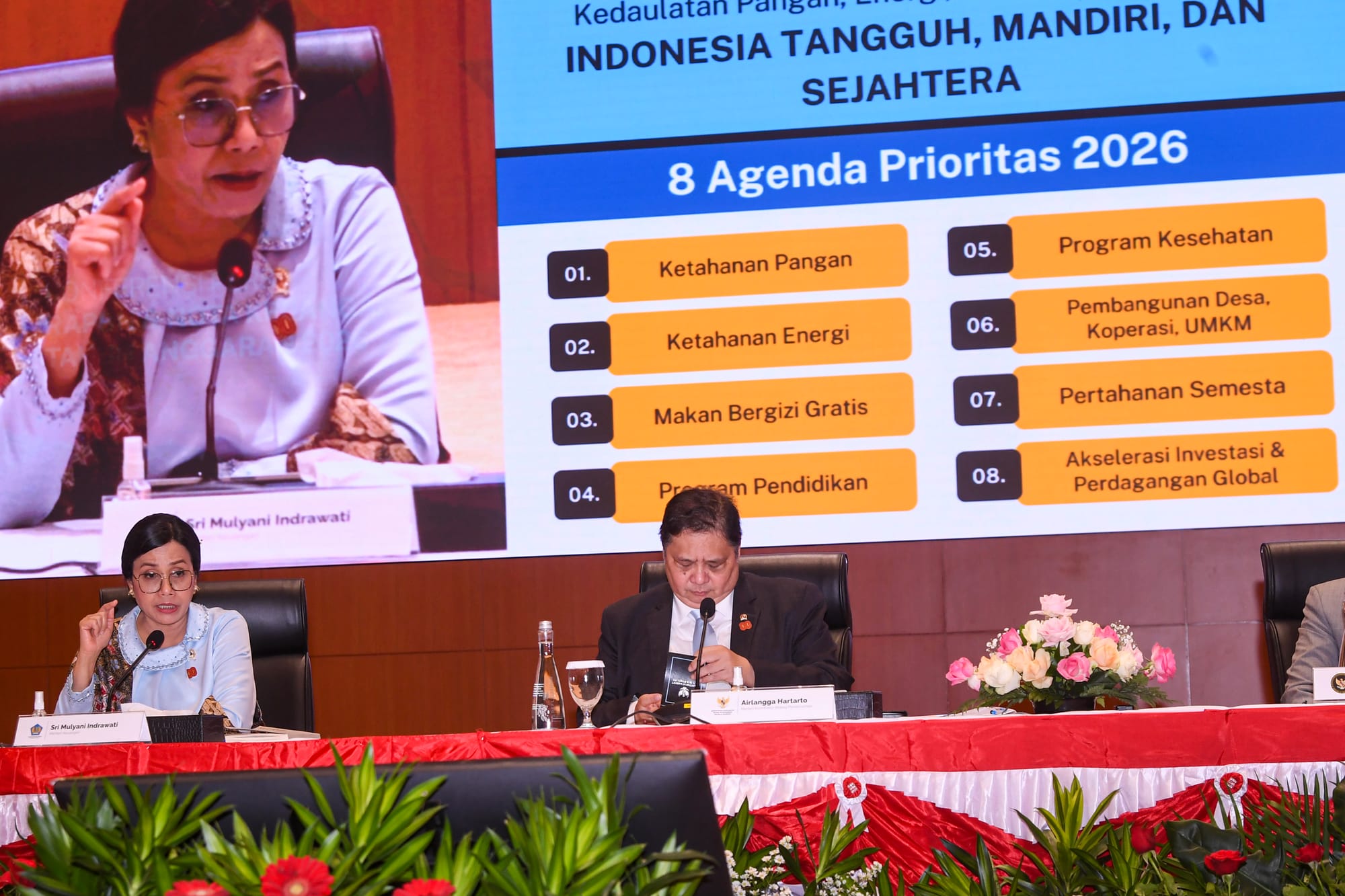
The Minister of Finance also believes that BPS is an independent and professional institution. "We see all indicators based on BPS. Data on households is also from them. So I think BPS still adheres to the integrity of its data," he said.
Meanwhile, Head of BPS Amalia Adininggar Widyasanti guarantees that the data issued by her office uses universal international standards and can be tested for validity. "There are international standards. The supporting data is also okay. That's all. The support is solid," said Amalia.
Regarding several economic indicators that show a decline and differences with the basis used by BPS, Winny, Amalia's nickname, admitted that her party has a data collection methodology that can be accounted for,
BPS has survey personnel spread throughout Indonesia. Sampling can also be accounted for, and the respondents were 76,000 people.
For example, in terms of data collection personnel, BPS has survey personnel spread throughout Indonesia. Sampling can also be accounted for. "We have 20,454 employees. All of them went down (to collect data)," he said.
In addition, he also questioned the comparison of BPS data with data such as the Purchasing Manager Index (PMI) from other institutions whose data collection has not been distributed and has a limited composition. This is different from what BPS does.
Regarding the inclusion of Special Economic Zones (SEZs) and Industrial Zones, according to Winny, this is also not new. However, if it is specific to an area, it is an effort to update the data.
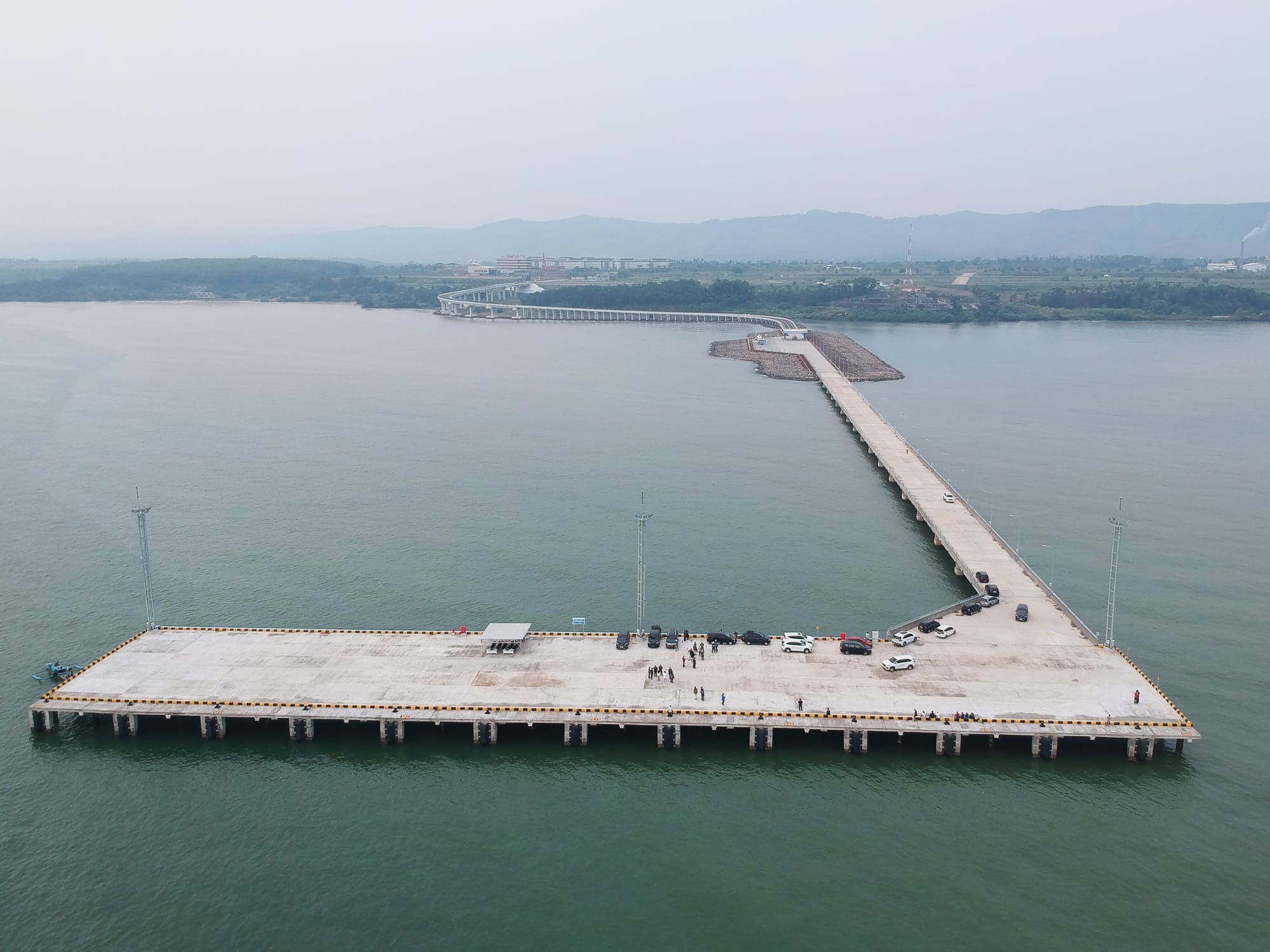
"We have routine data collection. We have a survey of large and medium industries every month. On the other hand, every data collection has a quality improvement process, so it's natural," he said.
Regarding the calculation of economic growth or gross domestic product (GDP) compiled by BPS, the method can also be accounted for, because it follows international rules.
"Calculating GDP has a system, there are rules, so it must be followed. However, the World Bank itself says that to calculate the level of welfare in a country, it is measured using the National Poverty Line," he said.
Regarding the controversy caused by BPS findings related to growth, Winny said that this should not have happened if many people saw the BPS calculation results with the perspective of socio-economic data which is very dependent on the context in the field.
Therefore, Winny encourages people to have literacy about statistics. "Let's look at the data wisely and carefully. Don't be influenced by perceptions. Seeing the data should not be a piece," she said.
Authors: Mukhlison, Gianie, Harits Arrazie, and Dian Amalia Ariani


